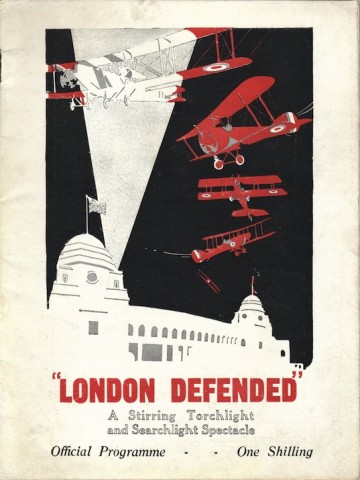Remembering the Pacific War at Monash
[Cross-posted at Cliopatria.] Just a brief note on a conference I attended earlier this week at Monash University, ‘The Pacific War 1941-45: Heritage, Legacies & Culture’. I wasn’t presenting, just listening; in fact I only decided to go at the very last minute, mainly on the basis that it seemed silly not to given that […]



